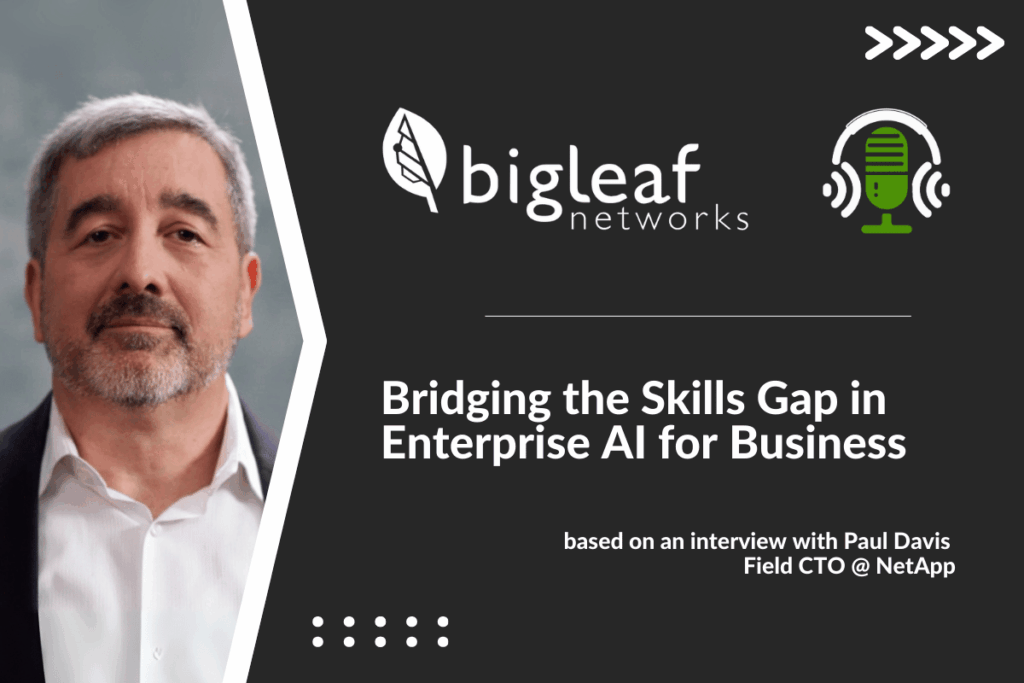“As an individual, if you are not keeping up, you’re becoming one step removed from how the technology works.” – Paul Davis
AI adoption is accelerating—but in many organizations, the skills to implement it effectively are lagging behind. Paul Davis, Field CTO at NetApp, warns that this gap is more than a learning challenge—it’s a performance risk. Without ongoing development, even the most advanced tools can lead to fragile solutions and costly missteps.
Why Skills Gaps Are Growing
Paul explains that both individuals and organizations are struggling to keep pace with rapid changes in AI capabilities. Developers, analysts, and product owners who don’t continually update their skills risk becoming disconnected from the technology they manage. In a corporate setting, this can slow decision-making, increase vulnerabilities, and undermine customer trust.
Key takeaways:
- Continuous education is essential to stay ahead of AI’s rapid evolution.
- Oversimplified “AI soundbites” can lead to misaligned expectations and failed projects.
- Breaking down infrastructure-application silos improves AI performance and reliability.
- Leaders must mentor teams through ambiguity, fostering curiosity and adaptability.
- Clear success metrics and governance protect AI investments from wasted spend.
Moving Past the Soundbite
Too many AI initiatives begin with vague mandates—“We need AI to do X”—without defining measurable outcomes. Paul stresses the importance of clarity: leaders must articulate what “success” means, establish governance structures, and ensure data quality before scaling AI.
Breaking Down Silos for AI Success
Legacy boundaries between infrastructure and application teams slow innovation and limit AI’s potential. By encouraging collaboration across these functions, CTOs can reduce latency, improve system resilience, and accelerate deployment.
Mentorship in the AI Era
Paul believes CTOs should lead like mentors, not commanders—helping teams ask better questions, embrace uncertainty, and translate technical challenges into business language. This shift fosters a culture of discovery, making teams more adaptable and more likely to innovate successfully.
Enterprise AI success isn’t just about having the latest tools—it’s about having teams who know how to use them well. Closing the skills gap ensures that AI becomes a competitive advantage rather than a costly experiment.
